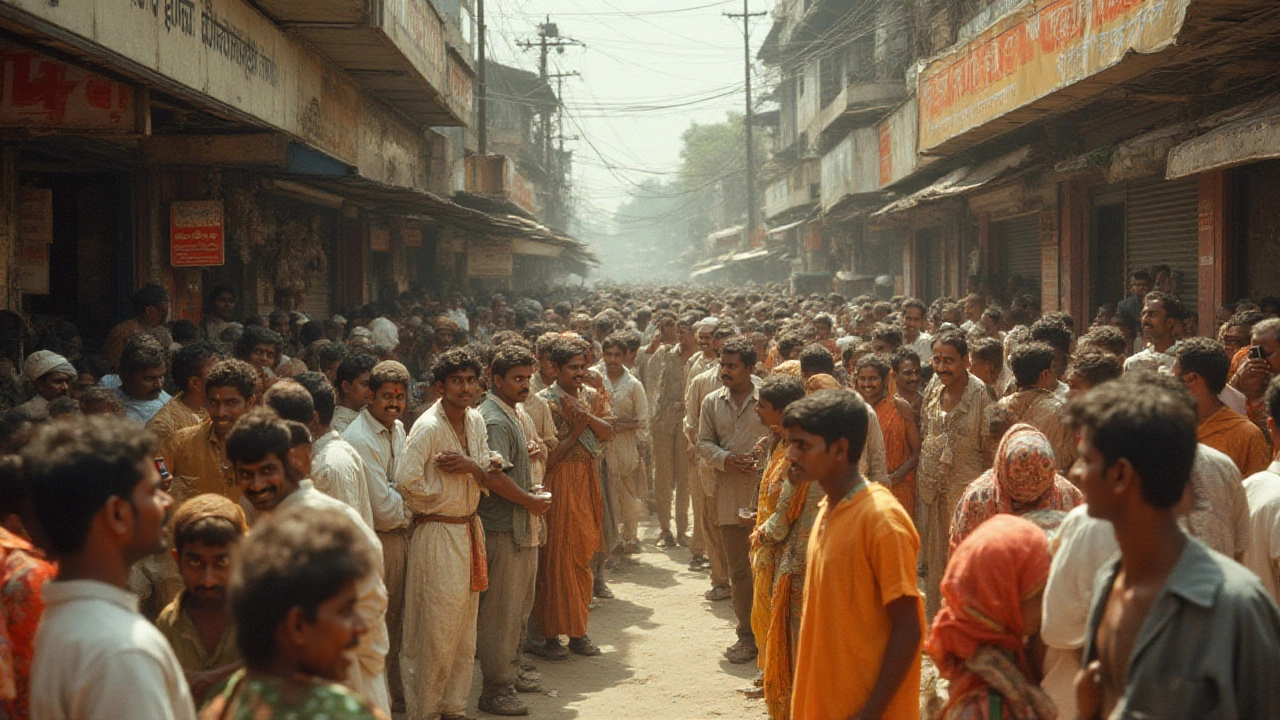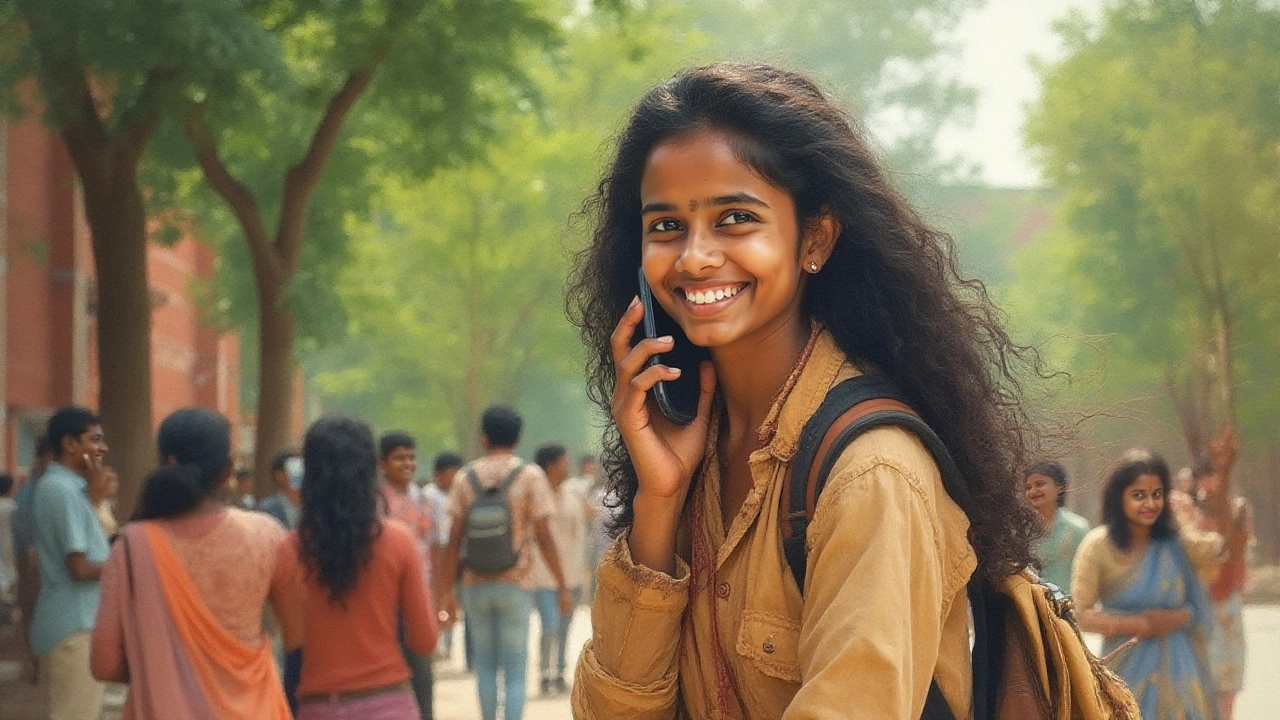
Millions chase the latest smartphone, but none have come close to unseating a true king. While brands flash new cameras, apps, or bold colors, only one phone stands tall as the undisputed number one in terms of sales. No, it's not an iPhone, nor a Samsung Galaxy. The answer is as surprising as it is nostalgic—a simple, tough-as-nails device that once lit up the pockets of over 250 million people.
The Surprising Reign of the Nokia 1100
Picture this: you’re living in 2003. The world is bursting with flip phones, chunky handsets, and chargers as thick as shoe laces. Yet somehow, a little unassuming phone begins to dominate. The most sold phone of all time is the Nokia 1100. It might blow your mind that a phone without a color screen, internet, or Instagram would be so legendary. Introduced in late 2003, the Nokia 1100 clocked up close to 250 million units sold worldwide, making it the standout champion, still unbeaten as of 2025.
What’s wild is that, despite being "bare bones" even by early 2000s standards, the 1100 cleaned up in the market. This phone had no camera, no Bluetooth, not even a fancy ringtone. It had a basic black-and-white display and could only store up to 50 SMS messages. Yet here’s where it nailed it: people didn’t care. Long battery life (up to five days on a single charge), extreme durability (drop it as many times as you like, it just stubbornly keeps going), and a price that wouldn’t sting your wallet.
The 1100 was king in about 120 countries, from bustling Indian cities to remote African villages. Nokia cleverly designed it to handle dusty, humid conditions, perfect for users in developing regions. Need a flashlight? It had a little LED one built-in at the top. It even held its own when dropped in water or slammed into pavement.
Here’s something funny: for a while, even criminals wanted the 1100. Because of its simple design, hackers discovered that certain batches could be tweaked to intercept text messages—a quirk that made a few specific units very valuable on the black market. But for most folks, it was all about the reliability and accessibility.
While phones today chase more features and bells and whistles, the Nokia 1100’s magic was simplicity. Parents bought it for their kids, elderly users adored it, and business owners trusted it as a backup. That’s why, more than two decades later, its sales record is still untouched. Max, my dog, would probably still manage to use it (and definitely couldn’t break it).
What Made The Nokia 1100 a Global Hit?
The obvious answer is durability, but there’s more under the hood. Affordability sent the Nokia 1100 through the stratosphere—its price dipped well below $50, sometimes even lower depending on region and deals. You’re talking about a phone you could accidentally drop in the mud, rinse off, and use again immediately, all for about the cost of a dinner out.
The battery was legendary. People used to joke that charging the 1100 was something you did once a week, not every night. For large rural areas or places with sporadic electricity, this was a lifesaver. You might be camping, in the city, or trekking in a remote area—didn’t matter. The Nokia would hang on.
- Ringtone classic: The signature Nokia ringtone was included and became an accidental cultural icon.
- Snake game: Bored on a bus, train, or in a waiting room? The classic game Snake II was loaded and ready. Ask anyone over 30, and they probably ran up a new high score at some point.
- Flashlight: That LED up top wasn’t just for show. People used it everywhere, whether hunting for keys or dealing with nighttime blackouts.
Nokia understood something that many tech brands missed: sometimes "enough" really is enough. For millions, it was about making a phone call, sending a text, and not worrying about breaking the device or running out of power. You didn’t need an app store or a high-res camera—just reliable connection.
To show just how enormous these sales were, here’s a quick breakdown.
| Phone Model | Launch Year | Units Sold (Millions) |
|---|---|---|
| Nokia 1100 | 2003 | ~250 |
| Apple iPhone 6/6 Plus | 2014 | ~222 |
| Nokia 1110 | 2005 | ~248 |
| Nokia 3210 | 1999 | ~161 |
| Apple iPhone 7/7 Plus | 2016 | ~160 |
You see it—Nokia dominated the early 2000s. Even iPhones, with all their hype, couldn’t catch up. The lesson: practical beats fancy, especially when you just need to keep in touch or—like my cat Luna—need something indestructible to bat off a table for fun.

How the Best-Selling Phone Changed Tech Forever
The 1100 didn’t just outsell the competition; it changed expectations. Before this phone, many thought mobile devices were expensive and fragile. Nokia’s design literally set the bar for what "tough" and "affordable" meant. Even today, when you see a rugged phone advertised, a bit of that DNA traces back to the 1100. Brands realized there was (and still is) a giant market for straightforward devices.
Think about it—before the smartphone rush, wireless calling was still a bit of a luxury. With the 1100, suddenly whole families could afford a device. Schools started allowing older kids to have phones for emergencies (that’s how I got my first one, after some serious begging). Small businesses, especially in areas with no landlines, finally had a way to connect.
Nokia’s approach shaped the prepaid phone movement. You didn’t need a contract. No scary bills at the end of the month. Just buy cards, add credit, and get on your way.
It also gave birth to "disposable" phones—not throwaway in quality, but cheap enough to give to someone for temporary use. Extra safety, more freedom, no hassle. When natural disasters or emergencies struck (hurricanes, floods, you name it), you’d find relief crews tossing cheap Nokias into aid kits, because they knew these things would just keep working.
Brands like Samsung, Motorola, and more tried to mimic Nokia’s secret sauce—some succeeded for a bit, but nobody quite managed the winning combo. Modern phones learned a bit, though: battery life got important again, durability is a buzzword, and "feature phones" (basic, non-smart mobiles) still sell millions every year across Africa, South Asia, and South America.
And here’s the kicker—a ton of people are circling back. There’s a trend (especially with younger buyers plagued by screen fatigue or privacy concerns) for "dumbphones"—simple handsets with just calls and texts, and maybe Snake if you’re lucky. You can find brand-new versions today because that original idea was just that good.
Fun Facts, Myths, and Lessons from the Nokia 1100’s Legacy
- Survival stories: Reddit is stuffed with tales of people losing their 1100 in the snow, mud, or even toilets—finding it weeks later, letting it dry out, and using it like nothing happened.
- Battery myths: The stories you hear about charging once a week? Only a slight exaggeration. Under light use, the battery could last 5-7 days, sometimes more.
- Indestructible reputation: TikTok and YouTube are full of people slamming old Nokias with hammers, running them over with cars—they usually survive, minus a few scratches.
- Collector’s quirks: Rare 1100 models made in certain factories (like Bochum, Germany) have sold online for thousands of dollars thanks to quirks that let hackers clone numbers. Not your average collector’s item!
- Environmental bonus: Those older Nokias are often still in service, passed down or reused, reducing electronic waste compared to quickly-obsolete smartphones.
There’s also a comfort in simplicity. No notifications blowing up your day, no apps draining your battery, just the basics—calls and texts. A lot of people find that less is more, and there’s absolutely nothing wrong with that.
Will anything ever beat the Nokia 1100’s record? Maybe one day, but for now, the champion stays a chunky, cheerful classic. Whether you remember it as your first phone, saw one tucked in a drawer, or wonder why it keeps popping up in memes and listicles, the most sold phone ever reminds us that sometimes, the simple things stick with us longest.